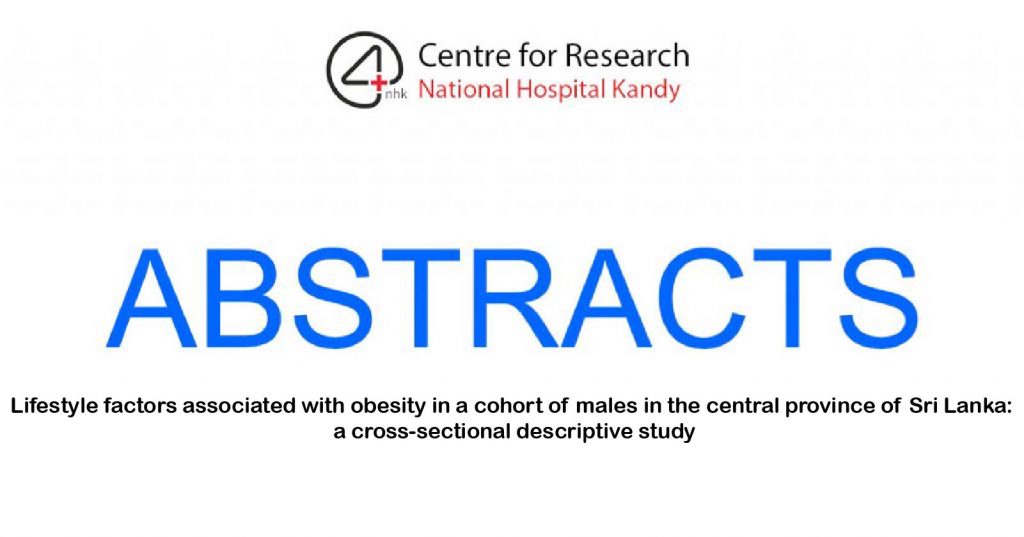Thilini W Hettiarachchi1, Thilini Sudeshika2, Buddhi N T. Fernando1, Hemalika T Abeysundara3, Rusiru D Hemage1, Zeid Badurdeen1, Rajitha Hanarasinghe1, Sulochana Wijetunge4, Nishantha Nanayakkara5
1 Center for Education, Research and Training on Kidney Diseases, Faculty of Medicine, University of Peradeniya, Sri Lanka
2 Department of Pharmacy, Faculty of Allied Health Sciences, University of Peradeniya, Sri Lanka
3 Department of Statistics and Computer Science, Faculty of Science, University of Peradeniya, Sri Lanka
4 Department of Pathology, Faculty of Medicine, University of Peradeniya, Sri Lanka
5 Transplant and Dialysis Unit, Teaching Hospital, Kandy, Sri Lanka
Abstract
Chronic kidney disease of uncertain etiology (CKD-u) is an important public health issue in Sri Lanka and around the world, but published evidence of the progression of this disease is scanty. Our aim is to analyze the progression patterns and the associated risk factors of definite and probable CKD-u cases. This observational study was based on records of CKD-u cohort from 2005-14 at Girandurukotte, an endemic area for CKD-u in Uva Province, Sri Lanka. Data (rate of progression, survival, and risk factors) were analyzed using R statistical software. CKD-u cases (379) were included in analyses based on the adequacy of variables. Mean age was 53 years, male-to-female ratio of 2.5:1, and smoking were significant risk factors (P <0.10) for CKD-u progression. Males had 2.3 times hazard for CKD-u survival than females, and males who smoked had 2.57 times risk of CKD-u progression than nonsmoking males. Faster eGFR decline rate of >5 mL/min/1.73 m2/year have been identified in 25% of the sample (n = 100); this group is significantly younger than the slower progression group (mean age 46 years) and was at an early stage at the time of presentation (mean eGFR 76.02). CKD-u progression was not equal in all patients but faster in young people who presented at earlier stages. Continuous exposure to environmental risk factors may influence the rate of progression. Females have higher CKD-u survival rates than males. Tobacco smoking was associated with a lower survival of CKD-u but could be a proxy indicative of other exposures.
![]()



